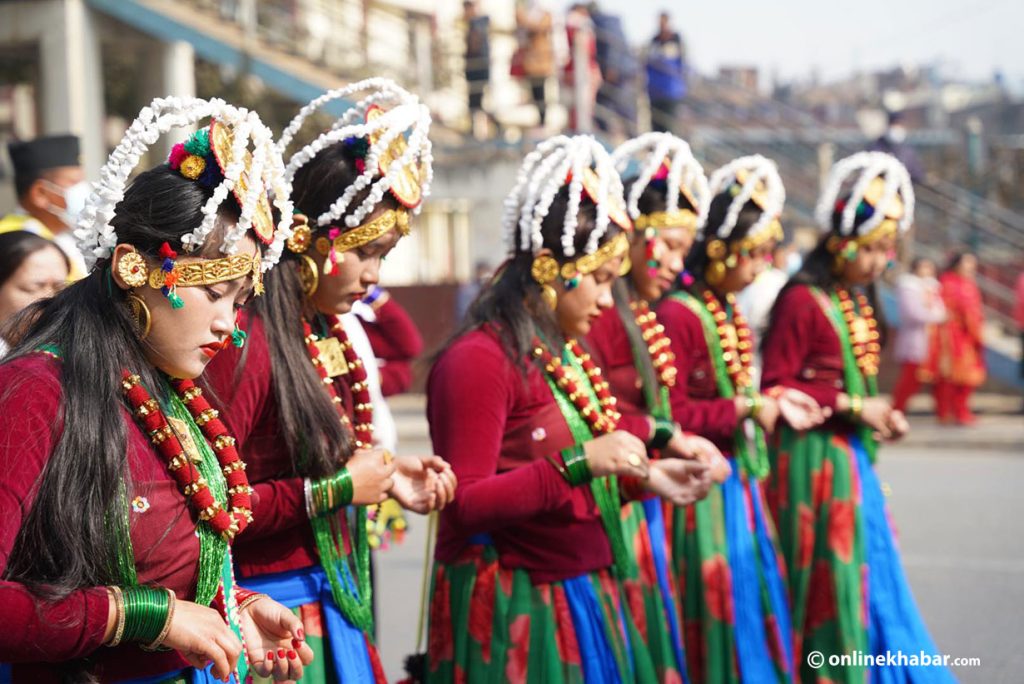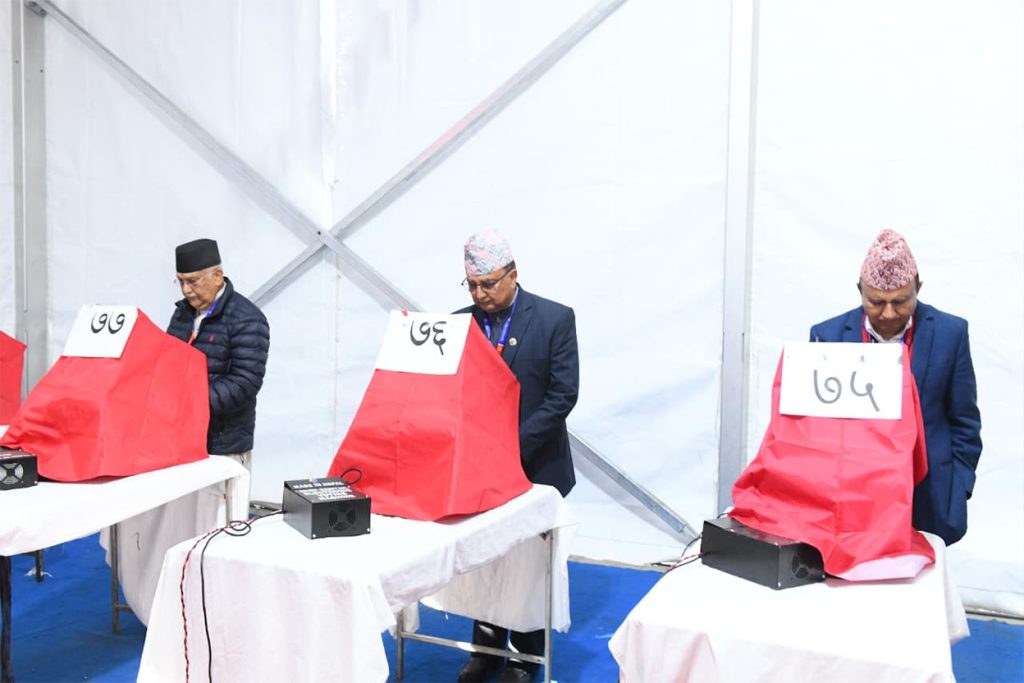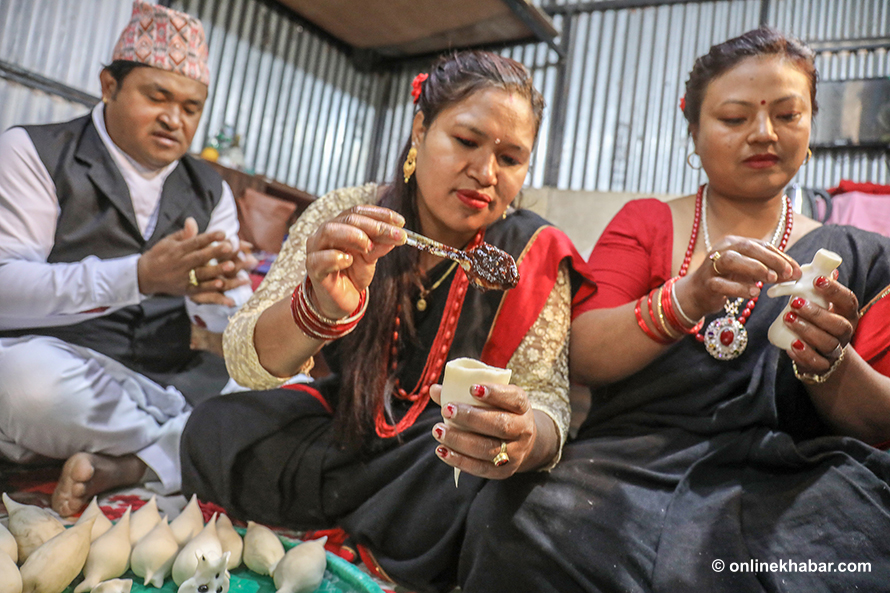
Nepali across the country are observing Poush 15 today in their own unique cultural and traditional ways.
Tamu Lhosar: Gurung New Year
The Gurung community is celebrating their New Year, Tamu Lhosar, today, which is observed based on the calendar date rather than the lunar phase. The government has declared a public holiday to mark the occasion.
Puse Pandhra in Sudurpaschim
Residents of the Sudurpaschim Province celebrate Poush 15 as “Puse Pandhra,” a deeply rooted cultural festival. According to Dr TN Joshi, Chancellor of the Sudurpaschim Academy, this festival holds unique significance in the region.
- Some traditions include burning a 15-cubit-long log and staying awake all night, sharing stories around the fire.
- In other areas, families prepare 15 varieties of dishes, including root vegetables and traditional bread, to mark the day.
Celebrations in Karnali
In Jumla, Karnali Province, married daughters visit their maternal homes to celebrate Poush 15. The day is marked by preparing special dishes, sharing communal feasts, and enjoying music and dance throughout the night. The following morning, on Poush 16, people traditionally bathe in nearby rivers or springs.
Somvare Aunshi and its significance
Today also marks “Somvare Aunshi” (Monday New Moon), a day of special importance in Nepali tradition.
- This Aunshi occurs before the Sun transitions to Uttarayan (northern solstice). It is a day to honour ancestors through rituals and offerings.
- According to astrologers, from this day onward, days start becoming longer, and nights shorter as the Sun shifts towards the northern hemisphere.
- Being a Monday, many observe rituals such as silent morning baths and prayers, believing it helps fulfill desires.
International and historical connection of Poush 15
The Gurung community celebrates Lhosar (New Year) today, derived from the Tibetan words “lo” (year) and “sar” (new). In Tibetan tradition, adjectives follow nouns, so the festival is known as “Losar,” which evolved into “Lhosar” in Nepal.
Dr Jagman Gurung, a former chancellor of the Nepal Academy, explains that Nepal’s Mongolian communities have adapted Tibetan traditions to fit local cultures. For example:
- The Tibetan “Ox Year” corresponds to the “Cow Year” in Nepal.
- Months like the Tibetan “Rabbit Month” are locally termed “Cat Month.”
Such adaptations reflect Nepal’s unique cultural identity.
A day for choosing life partners in the Magar community
Among the Magar community, Poush 15 is also observed as a day to choose life partners.
- According to cultural expert Dr Gurung, Magar youths traditionally use savings from Deusi-Bhailo (a festival activity during Tihar) to host gatherings where they consume traditional delicacies like khuwa (condensed milk).
- These gatherings often lead to youths selecting their life partners and beginning their marital journeys.
Overall, Poush 15 is a day where diverse cultural and traditional practices converge, showcasing Nepal’s rich heritage.


















